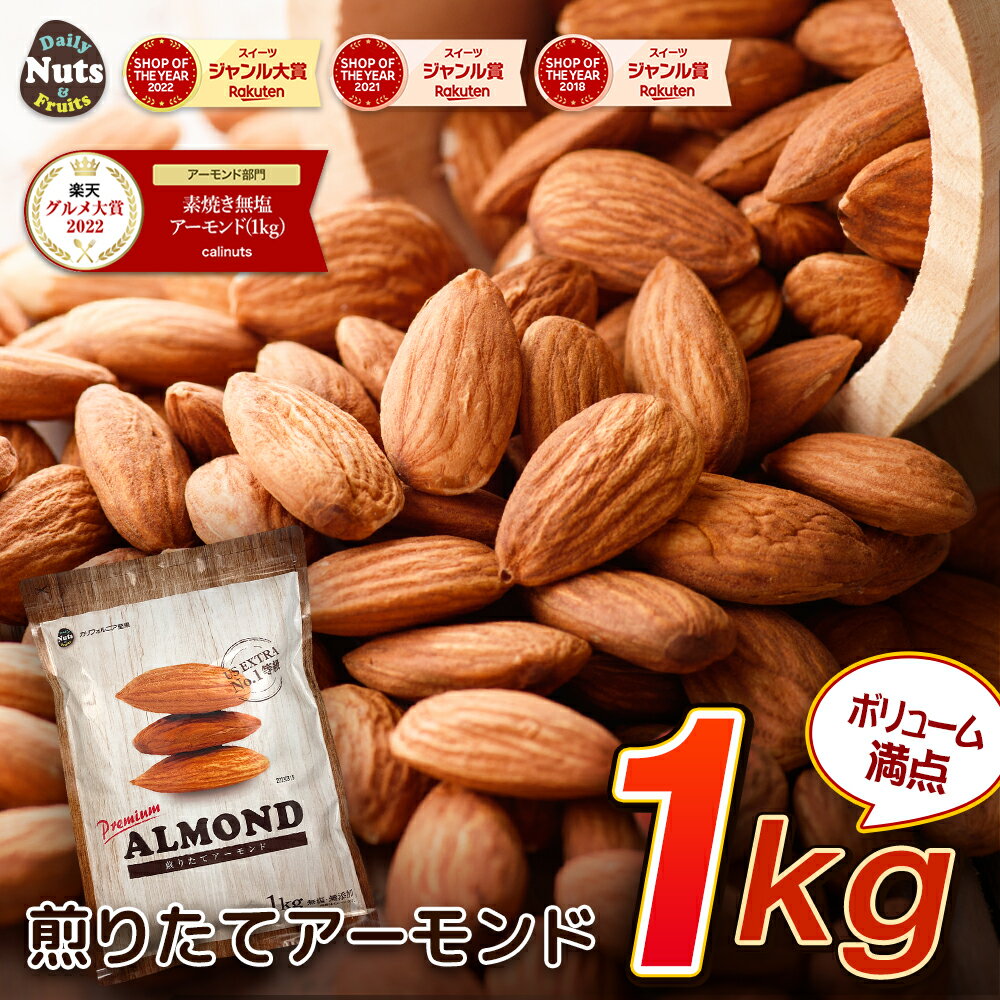論文No3748
Consideration and Assessment of Patient Factors When Selecting an Inhaled Delivery System in COPD
Donald A. Mahler,David M.G. Halpin
CHEST, VOLUME 165, ISSUE 2, P323-332, FEBRUARY 2024.
COPDの薬理学的治療に関するガイドラインや戦略は、特定のクラスの吸入薬に焦点を当てているため、
医療従事者が個々の患者の特性に合った吸入薬デリバリーシステムを選択するための指針となる情報が求められている。
この論文では、認知機能、手先の器用さ/強さ、ピーク吸気流量の3つの "重要な "患者因子に基づいて
吸入薬供給システムを選択するための指針を示す。
さらに、これらの患者因子を評価するための具体的な検査に関する情報も提供する。
COPD患者の25%の有病率と推定される認知機能障害は、患者が携帯型機器を正しく使用する能力に悪影響を及ぼす。
我々の知る限り、COPD患者における手先の器用さ/力の障害の有病率は報告されていない。
しかし、COPD患者の79%が吸入デバイスを操作する能力に影響を及ぼす可能性のある身体的障害を1つ以上報告している。
ドライパウダー吸入器の模擬抵抗(PIFr)に対するピーク吸入流量の測定は、
患者が吸入器内で最適な乱流エネルギーを作り出す吸入能力を有しているかどうかを立証する。
低抵抗から中高抵抗の乾燥粉末吸入器に対する最適なPIFrは、COPDの安定した外来患者の19%から84%で報告されている。
医療従事者は吸入薬物療法を処方する際に、COPD患者の認知機能、手先の器用さ/体力、PIFrを考慮すべきである。
これらの患者因子の障害はCOPD患者では一般的であり、ハンドヘルド機器で投与される
吸入薬の使用能力や有効性に影響を及ぼす可能性がある。
Because guidelines and strategies for pharmacologic treatment of COPD focus on specific classes of inhaled medications, there is an unmet need for information to guide health care professionals for selecting an inhaled medication delivery system that matches the unique characteristics of individual patients. This article provides guidance for selecting an inhaled medication delivery system based on three “key” patient factors: cognitive function, manual dexterity/strength, and peak inspiratory flow. In addition, information is provided about specific tests to assess these patient factors. Cognitive impairment with an estimated prevalence of 25% among patients with COPD adversely affects patients’ ability to correctly use a handheld device. To our knowledge, the prevalence of impaired manual dexterity/strength has not been reported in those with COPD. However, 79% of patients with COPD have reported one or more physical impediments that could influence their ability to manipulate an inhaler device. The measurement of peak inspiratory flow against the simulated resistance (PIFr) of a dry powder inhaler establishes whether the patient has the inhalation ability for creating optimal turbulent energy within the device. A suboptimal PIFr for low to medium-high resistance dry powder inhalers has been reported in 19% to 84% of stable outpatients with COPD. Health care professionals should consider cognitive function, manual dexterity/strength, and PIFr in their patients with COPD when prescribing inhaled pharmacotherapy. Impairments in these patient factors are common among those with COPD and can affect the individual’s competency and effectiveness of using inhaled medications delivered by handheld devices.


